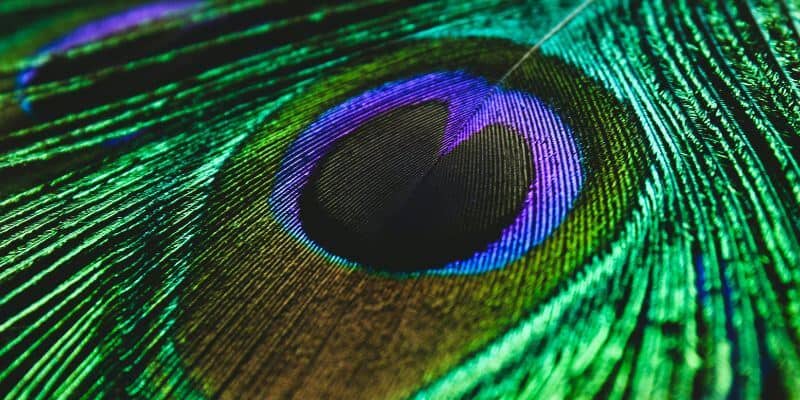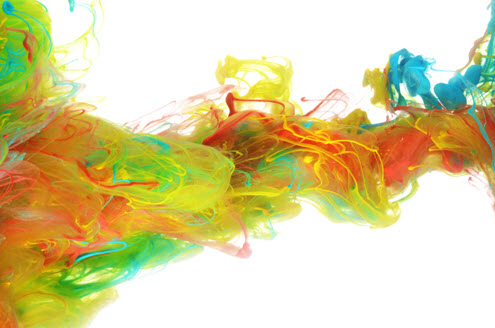Olo: The Colour We’ve Never Seen Before

Karen Haller

Have you ever imagined seeing a colour your brain didn’t even know it could process?
That’s what researchers at UC Berkeley have achieved with a laser-based system called Oz. In their study, led by Professors Ren Ng and Austin Roorda, they introduced participants to a profoundly saturated peacock green they named “olo” – a colour experience never seen before.
Olo is a name for a colour experience that is induced rather than naturally occurring, created by precisely stimulating the eye’s M cones in a way that doesn’t happen on its own. Test subjects described it as more vivid than anything they’d previously seen.
A Colour That Disappears When Conditions Shift
Here’s what’s fascinating.
When the laser was moved just slightly off target, olo vanished. What remained was simply the familiar green of the laser light.
The Broader Potential of Oz Technology
Oz isn’t limited to green. Because it can target any combination of the three cone types (S, M, and L), it opens the door to entirely new ways of experiencing colour.
The team also collaborated with researchers from the University of Washington, who developed the retinal mapping system that makes such targeted stimulation possible.
Oz is now being explored to simulate colour blindness, model cone loss, and even approximate what vision might be like for tetrachromats, people who may possess four distinct types of cone cells.
Not a New Colour in Nature, but a New Way of Seeing
So this isn’t about discovering a new colour in the world. It’s about unlocking new ways for the human brain to perceive colour, by precisely guiding the signals it receives.
The Ethical Implications of Changing Perception
And that’s where things get really interesting and potentially more complex.
Any technology that alters human perception, especially something as fundamental as vision, must be handled with care. With transparency. With ethics at its foundation.
Because when we begin to reshape how people see the world around them, we’re not just innovating. We’re influencing how they interpret reality itself.
A Call for Responsible Innovation
As someone who works in the space where colour, psychology, and human behaviour intersect, I believe this holds incredible promise, particularly in how this understanding could positively impact human experience, if used responsibly. But it also needs rigorous ethical oversight as we move into uncharted territory.
What are your thoughts?
Colourfully yours,
Karen
Source: https://news.berkeley.edu/2025/04/22/scientists-trick-the-eye-into-seeing-new-color-olo/


